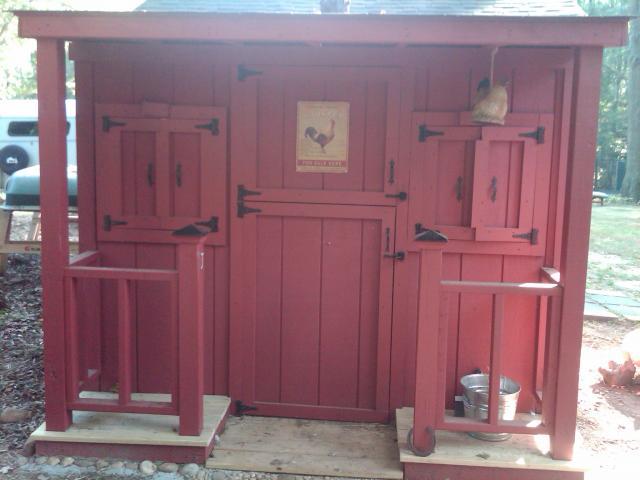- Nov 1, 2009
- 63
- 1
- 39
Hi everyone ... my boyfriend wants to insulate our coop (see pic below) for the winter, as well as trying to contain the never ending crowing while they are inside from our 2 roosters
 Does anyone have any suggestions on what type of insulation to use? They are free roaming, but our town ordinance only allows 8 hens, no roosters and I would like to try and make every attempt possible to keep our roosters. Please help!
Does anyone have any suggestions on what type of insulation to use? They are free roaming, but our town ordinance only allows 8 hens, no roosters and I would like to try and make every attempt possible to keep our roosters. Please help!








